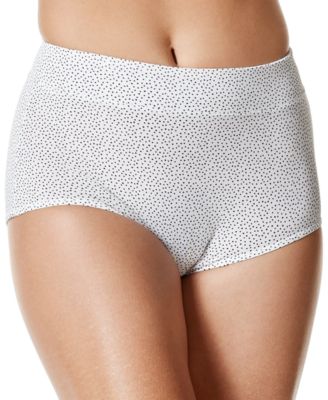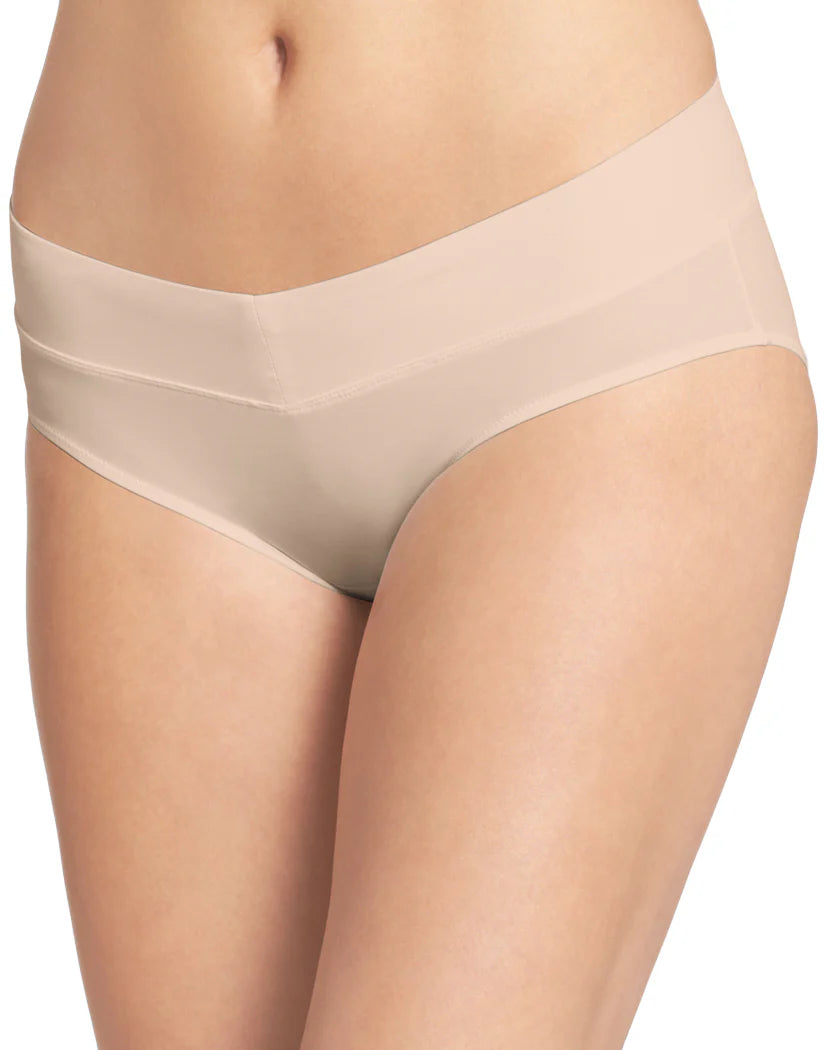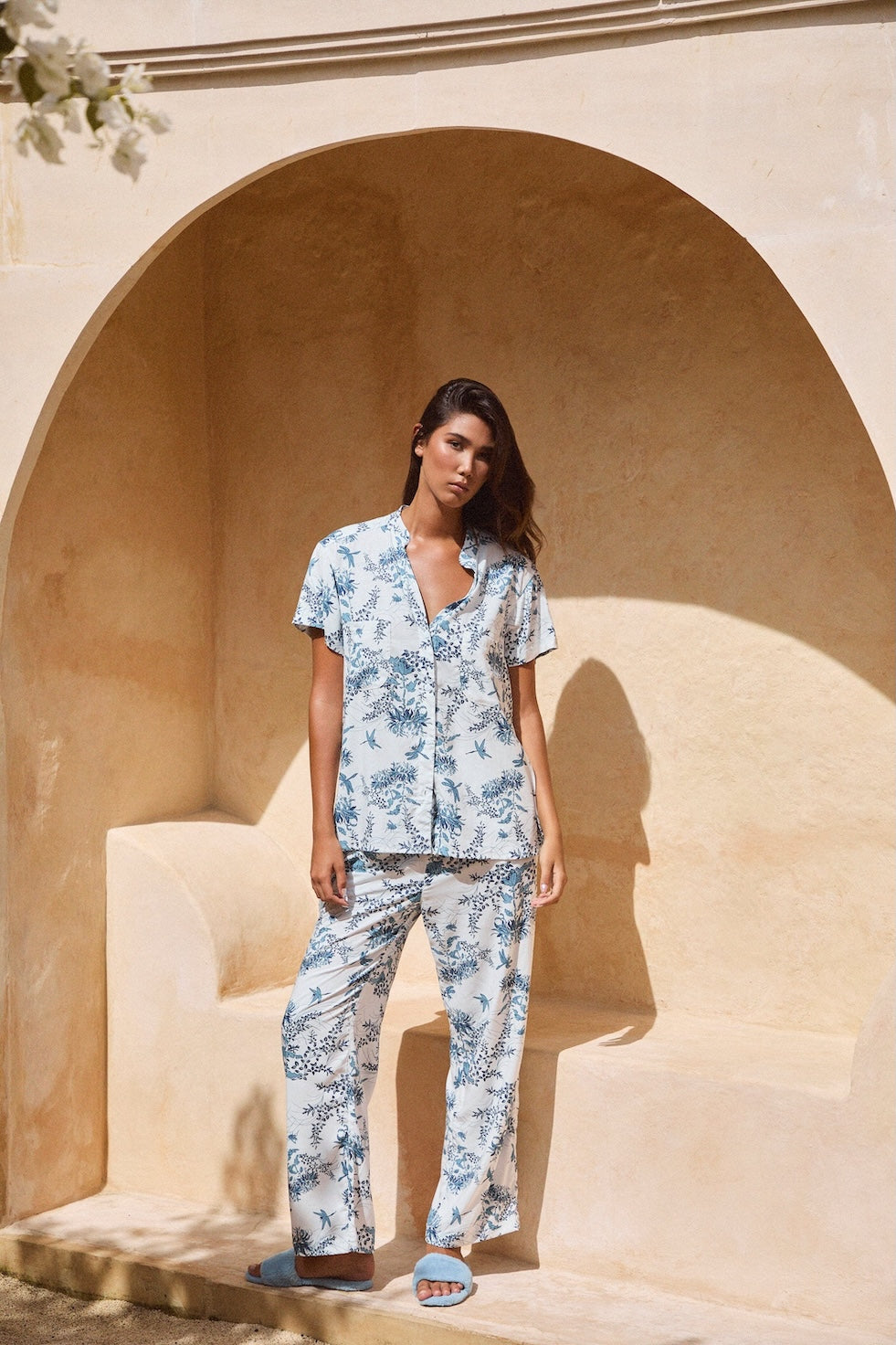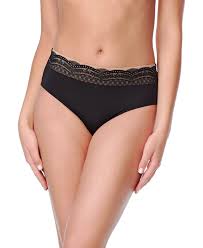Facts About Underwear: The History of Undergarments

The Surprising History of Undergarments. Undergarments are an essential part of everyone’s wardrobe, providing both comfort and support, and helping people feel confident in their bodies. Undergarments are a specific category of clothes worn closest to our bodies. But what exactly are undergarments and why are they important? Let’s delve into the world of undergarments to understand their role in everyday life.
What are undergarments?
Undergarments, also known as underwear or intimates, are clothing items worn beneath outer garments. They are designed to be worn next to the skin and come in various styles, shapes, and materials to suit different preferences and needs. Historically, undergarments were often made from basic cloth, which played a key role in the development and evolution of underwear.
Why are undergarments important?
Undergarments serve several important functions, including providing support, protection, and modesty. They help to maintain hygiene by absorbing sweat and preventing outer clothing from getting soiled. Undergarments are especially important for children, as the evolution of children's undergarments has focused on improving comfort, practicality, and hygiene for young wearers. Additionally, certain types of undergarments, such as bras and shapewear, can enhance the body’s silhouette and provide a smooth, polished look under clothing.
Ancient Origins of Undergarments
The story of undergarments begins thousands of years ago, with ancient civilizations crafting the first pieces of clothing worn closest to the skin. Both men and women wore loincloths, simple strips of fabric made from natural materials like animal hides, woven grass, or early cotton fabrics. In ancient Egypt, the “schenti” was a popular undergarment for both genders, made from soft cotton or flax to keep the body cool and comfortable in the desert heat. The Greeks had their own version, the “subligaculum,” a similar garment worn by athletes and soldiers for modesty and protection. These early undergarments were all about practicality, using whatever materials were available to provide a layer of modesty and shield the body from outer garments. The use of cotton and other breathable fabrics in these ancient styles set the stage for the evolution of both men’s underwear and female underwear, showing that comfort and health have always been at the heart of what we wear underneath.
Undergarments in the Medieval Period
Fast forward to the Middle Ages, and undergarments took on new forms and functions. Men wore “braies,” loose fitting pants made from linen or wool, which were tied at the waist and reached the knees or calves. These early pants introduced leg holes, a big step forward in the design of men’s underwear. As fashion evolved, the codpiece was added to braies, allowing men to relieve themselves without removing their undergarments. The codpiece soon became a bold fashion statement, especially among the wealthy and powerful, King Henry VIII famously sported a padded, eye-catching codpiece, which some historians believe was linked to medical treatments. The choice of linen and wool as materials reflected the need for both comfort and durability in everyday clothing. These medieval innovations laid the groundwork for the modern pants and undergarments we know today, blending practicality with the ever-changing world of fashion.
Types of undergarments, including boxer briefs
There is a wide range of undergarments available to cater to different body types, preferences, and occasions. Some common types of undergarments include:
-
Bras: Designed to support and shape the breasts.
-
Panties: Underwear worn by women that come in various styles such as briefs, thongs, and boyshorts.
-
Boxers and Briefs: Underwear worn by men for support and comfort.
-
Shapewear: Garments designed to smooth and shape the body for a more flattering silhouette.
-
Jockstrap: A supportive men's undergarment originally designed for athletic use, featuring an elastic waistband and supportive pouch.
-
Jockey shorts: A leg less, supportive men's style inspired by jockstraps, offering comfort and support.
-
G string: A minimal coverage underwear option with a narrow strip of fabric at the back.
-
T shirts: Versatile garments that can be worn as both undergarments and outerwear.
Some underwear, like thongs and g strings, feature a narrow strip of fabric at the back for minimal coverage. The crotch area is an important design feature in many undergarments, providing comfort and hygiene. A single item of underwear is often referred to as a 'pair,' such as a pair of briefs or a pair of boxers. Men's underpants and men's underwear come in a variety of styles, including boxer briefs, jockey shorts, and jockstraps. Women's underwear has evolved over time, with historical references to how a woman wore drawers in the past. Undergarments are also designed for specific activities, such as sports underwear and swimwear.
Materials used in undergarments
Undergarments are typically made from soft, breathable materials that are gentle on the skin. Common materials used in undergarments include cotton, nylon, spandex, and polyester. These materials are chosen for their comfort, durability, and moisture wicking properties.
Evolution of Men’s Underwear
Men’s underwear has come a long way from its humble beginnings, evolving with changes in fashion, technology, and lifestyle. By the 18th and 19th centuries, men’s undergarments became more modest, with the once prominent codpiece fading from view and designs becoming simpler. The invention of the union suit, or “long johns,” brought a new level of comfort and warmth, especially in colder climates. These one piece garments featured sleeves extending to the wrists and legs, with a handy flap at the buttocks, earning nicknames like “crap flap.” The 20th century saw a revolution in men’s underwear with the introduction of boxer shorts and briefs, thanks in part to the Chicago sporting goods company that popularized boxer shorts for everyday wear. The addition of the elastic waistband and supportive pouches made underwear more comfortable and practical than ever. Today, men can choose from a wide range of styles, including boxer briefs, thong underwear, and classic briefs, each offering different levels of support and style to suit every preference.
Celebrity Influence on Undergarment Trends
Celebrities have always had a knack for setting trends, and undergarments are no exception. From red carpet moments to movie sets, celebrity underwear choices often make headlines and influence what people wear around the world. One of the most famous stories comes from the set of Star Wars, where Carrie Fisher revealed she went commando while filming, following George Lucas’s belief that there was no underwear in space. This quirky bit of movie trivia sparked conversations about going commando and the freedom it represents. Other stars, like tennis legend Andre Agassi, have also made headlines for ditching underwear during major events. The world of celebrity underwear is full of bold choices, from extravagant lingerie to daring thongs, showing how fashion and pop culture can shape our attitudes toward clothing, body image, and even what’s considered acceptable to wear or not wear, under our outer garments.
Choosing the right undergarments
When selecting undergarments, it’s important to consider factors such as size, fit, style, and material. The right undergarments can enhance comfort, confidence, and overall well being. In the present day, there are more options than ever before, allowing people to choose undergarments that suit their needs and work well under various types of outerwear. It’s recommended to choose undergarments that fit well, provide adequate support, and suit your personal style and preferences.
Now that you have a better understanding of what undergarments are and their importance, you can make informed choices when selecting the right undergarments for your needs. Whether it’s for everyday wear or a special occasion, the right undergarments can make a world of difference in terms of comfort and confidence.
Check out our homepage Olivia Paisley
Fun Facts and Trivia about Undergarments
Undergarments have a rich and sometimes surprising history, filled with fun facts that might just change the way you think about your undies. Did you know the world record for most pairs of underwear worn at once is a staggering 266, set by Australian weatherman Steve Jacobs? Or that King Tutankhamun was buried with around 145 pairs of underwear, highlighting the importance of undergarments in ancient Egyptian life? In some cultures, wearing red underwear is thought to bring good luck and love, while in others, going commando is seen as a symbol of confidence and freedom. From the rise of boxer briefs and thongs to the popularity of bras and G-strings, the world of underwear is as diverse as it is fascinating. Whether you’re a fan of briefs, love the comfort of boxer shorts, or prefer the minimalism of thong underwear, there’s a style, and a story for everyone in the history of undergarments.


